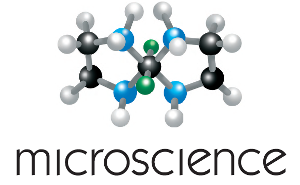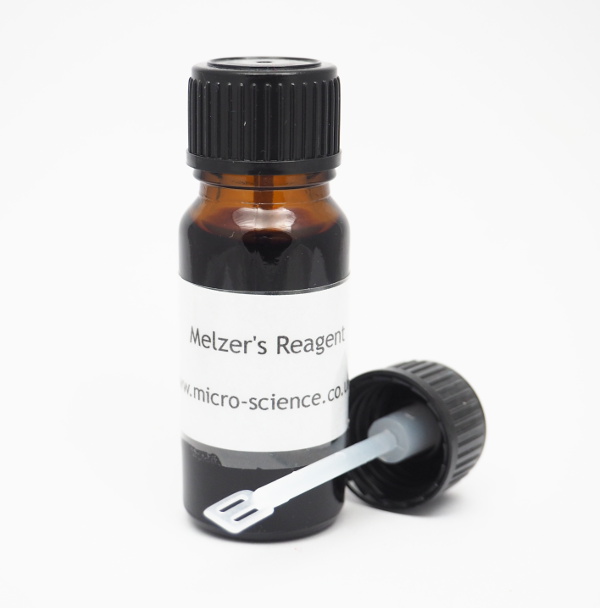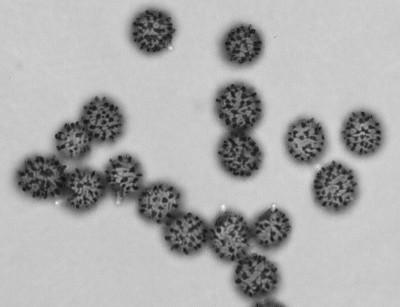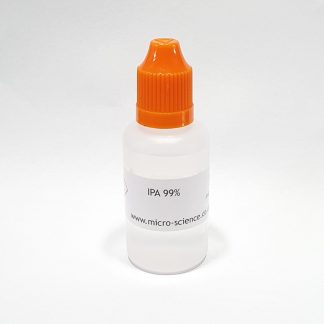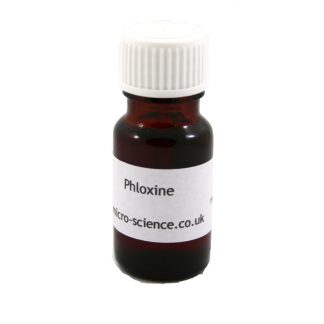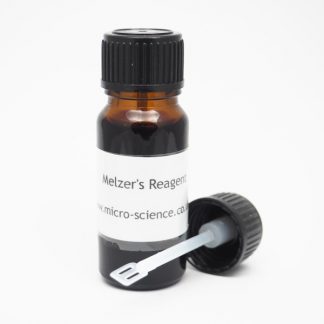Description
Melzer’s reagent was first described in 1924 by the mycologist Václav Melzer.
Melzer’s reagent – how to use
A simple preparation can be made by adding fungal tissue or spores to a drop of Melzer’s on a microscope slide. One of the following reactions will be seen with the naked eye.
1) Amyloid reaction – the material reacts blue to black.
2) Dextrinoid reaction – the material reacts brown to reddish-brown.
3) Inamyloid – the tissues do not change color, or react faintly yellow-brown.
The amyloid reaction, can be further subdivided into:
a) Euamyloid reaction – the material turns blue without potassium hydroxide (KOH)-pretreatment.
b) Hemiamyloid reaction – the material turns red in Lugol’s solution, but shows no reaction in Melzer’s reagent. When KOH-pretreated it turns blue in both reagents.
Baral H-O. 1987. Lugol’s solution/IKI versus Melzer’s reagent: Hemiamyloidity, a universal feature of the ascus wall. Mycotaxon 29:399–450.
Observation of spore ornamentation in Russula spores with Melzer’s reagent
Place a drop of reagent on a microscope slide. Scrape a barely visible amount of Russula spores on to the tip of a needle, toothpick or scalpel tip and mix with the reagent. Carefully place a coverslip over the solution, at a slight angle to avoid bubbles getting trapped, and observe at high magnification (x1000) using a biological micrscope.
